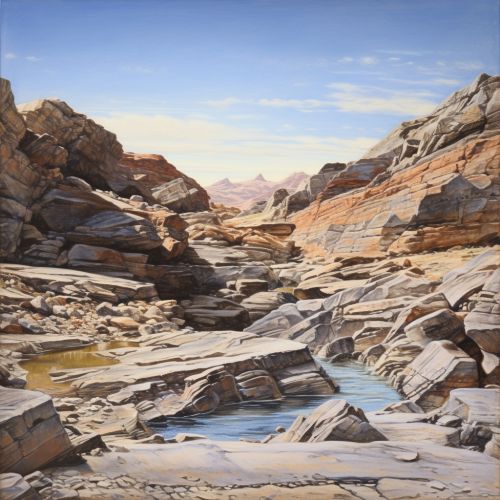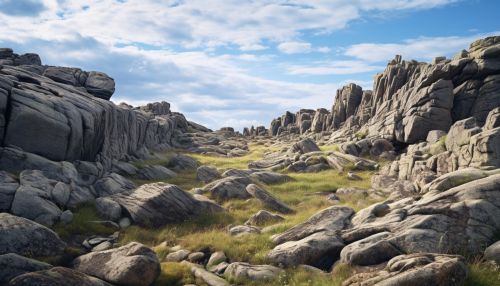Continental Crust
Introduction
The continental crust is the layer of igneous, sedimentary, and metamorphic rocks which form the continents and the areas of shallow seabed close to their shores, known as continental shelves. This layer is sometimes called sial because its bulk composition is more felsic compared to oceanic crust, called sima which is more mafic.
Composition
The continental crust consists of various layers, with a bulk composition that is intermediate to felsic. The average density of continental crust is about 2.83 g/cm³, less dense than the material of the Earth's mantle, which is composed of mafic rock. The crust is also less dense than the oceanic crust, which is denser due to its mafic composition. The continental crust's lower density enables it to "float" on the denser mantle layers beneath.
Formation
The formation of the continental crust involves a complex process of plate tectonics, volcanism, and sedimentation. The oldest continental crustal rocks on Earth have ages in the range from about 3.8 to 4.28 billion years and have been found in the Narryer Gneiss Terrane in Western Australia, and in the Acasta Gneiss in the Slave craton in Canada. The ages of these felsic rocks are generally between 2.5 and 4.2 billion years.
Structure
The structure of the continental crust varies across the Earth. It is generally thicker in areas of active plate tectonics, and thinnest in areas of extended crust. The thickness of the crust also varies from place to place, but averages about 35 kilometers, with a maximum of about 70 kilometers in mountainous regions.
Evolution
The evolution of the continental crust is a complex process that involves the interaction of various geological processes, including plate tectonics, volcanism, and erosion. The continental crust is continually being created and destroyed at plate boundaries, and the balance between these processes helps to determine the Earth's surface.
Significance
The continental crust plays a crucial role in the Earth's systems. It is the source of many mineral resources, such as gold, copper, and oil. It also plays a key role in regulating the Earth's climate, as the weathering of continental rocks helps to draw down carbon dioxide from the atmosphere.
See Also


